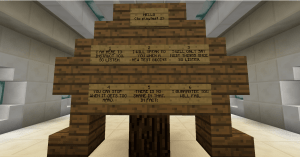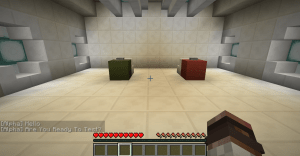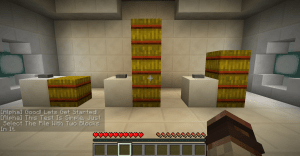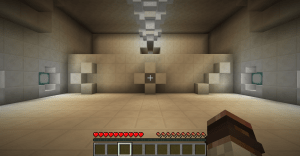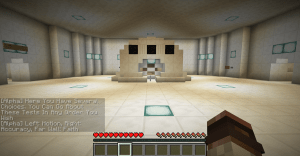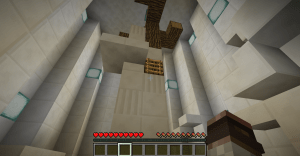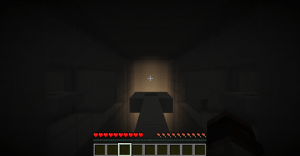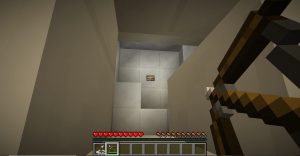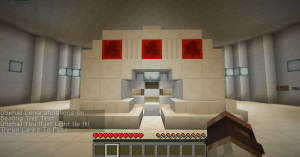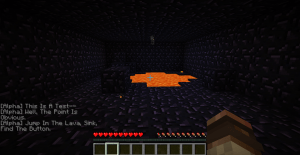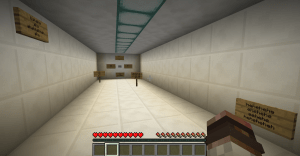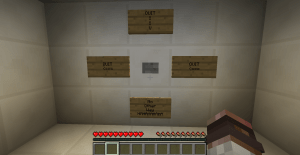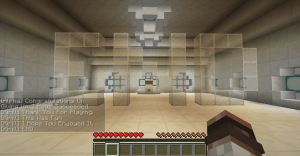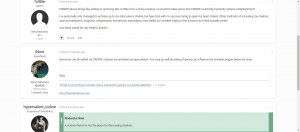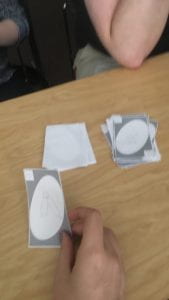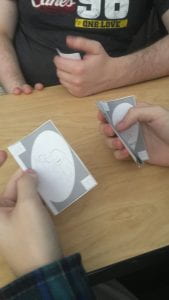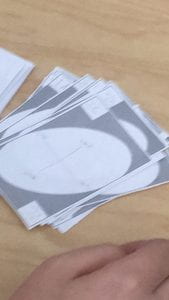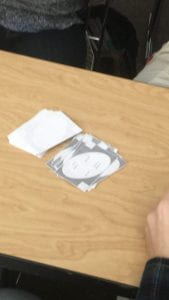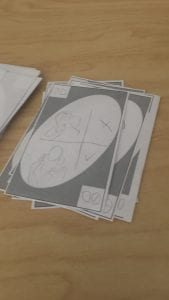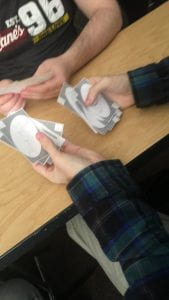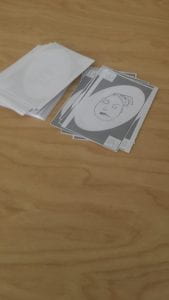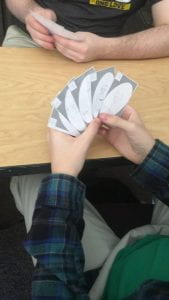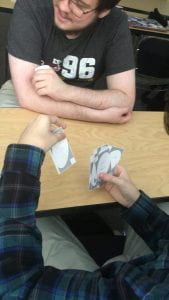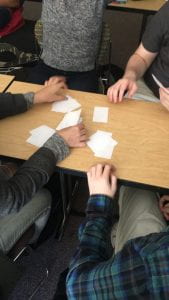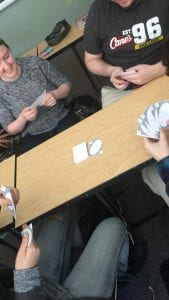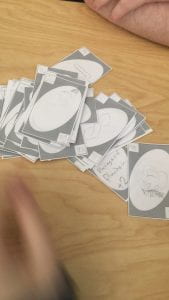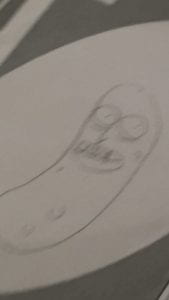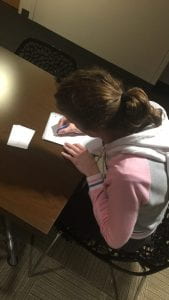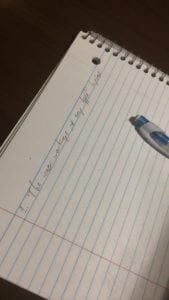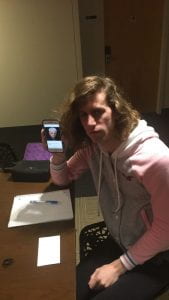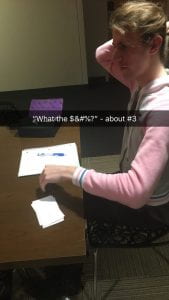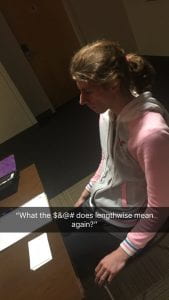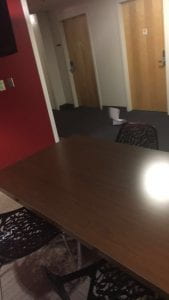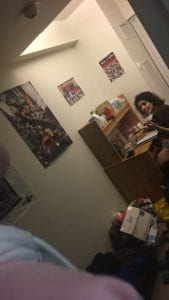My final project was a narrative and puzzle solving game called Alpha’s Test, in which an artificial intelligence has been tasked with creating a test that it cannot solve, sort of like a Turing test. The problem is that Alpha, the AI, cannot imagine a test it cannot also solve.
You play as a bot, a little bit of Alpha set to trying the tests and, hopefully, at least for Alpha, failing them. At the moment there are eight total tests; Readiness, Counting, Pathfinding, Motion, Accuracy, Faith, Lava, Levitation, and The Final Test. Each test works on a different principal, using different mechanics and different settings to challenge the player. The entire time, Alpha is talking to you, explaining the tests, and telling you to quit. Alpha wants you to quit more than anything, so that he can succeed. The further you go, the more “QUIT ===>” buttons there are along the walls.
Each test gets progressively harder, and eventually, Alpha realizes that you will be able to solve any test that he can make a solution to. To this end, The Final Test has no proper exit, and Alpha laughs at you as you run from zombies that spawn around you to one of the quit buttons in the room, the only way out. This is a test where the only way out is failure, and the price of failure is a reset. This specific part was inspired by a document I saw about AIs cheating the rules of their tasks to complete them, such as oscillating to create “velocity”, clipping through walls to find the exit to a maze, or mating and eating the children for energy. Alpha figures out that the only way for him to win is for there to be no way for it to win.
The game as a whole is about the frustration of attempting to do something that is above your level, a feeling that I very much identify with fairly often. Alpha cannot create something he cannot solve, and I cannot draw the images in my head as they appear, perfect and pristine. The aesthetics of the game were inspired primarily by the Magic Circle, the Stanley Parable, and the Portal games, because of their shared theme of testing and puzzles with the guidance of a snarky and sarcastic friend/potential enemy.
I can’t actually upload the world file here because wordpress won’t allow it, but email me and I can send it over if you want to play it. 🙂
Gallery:
